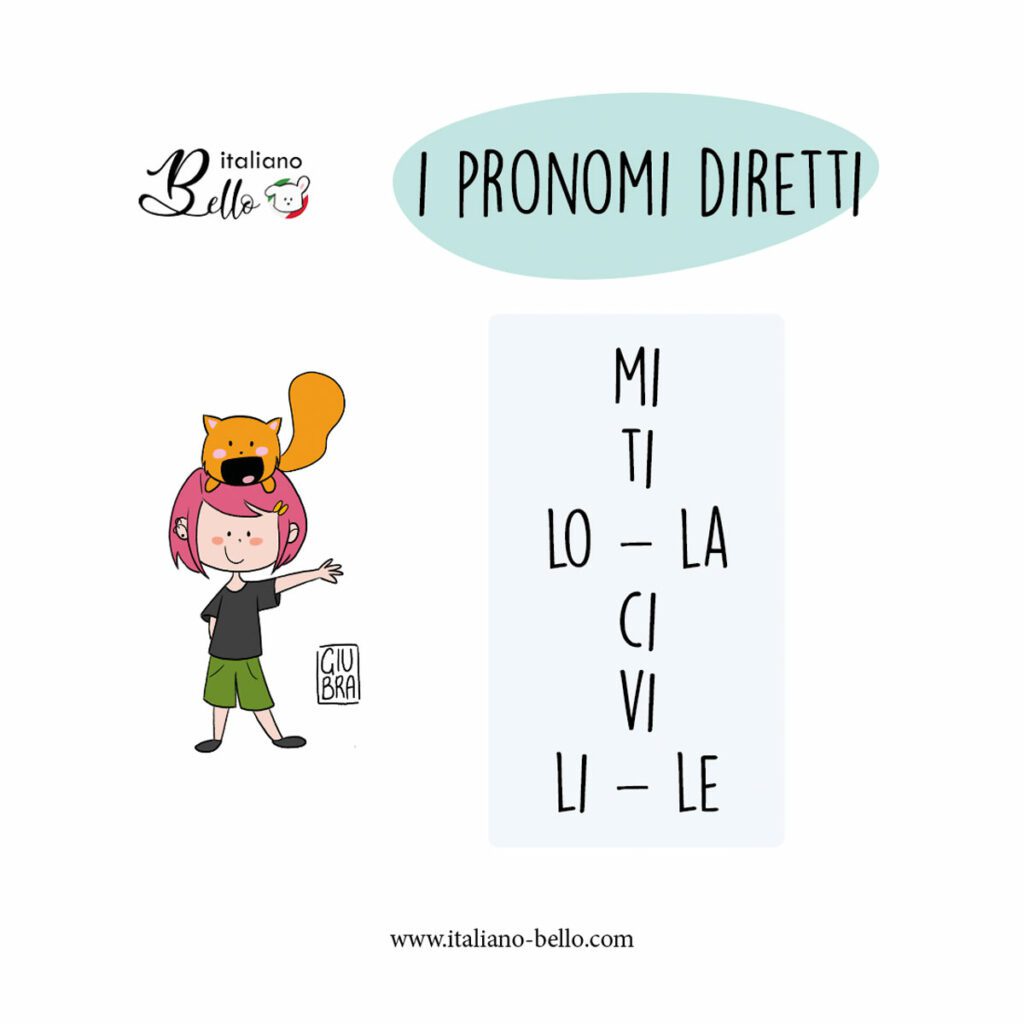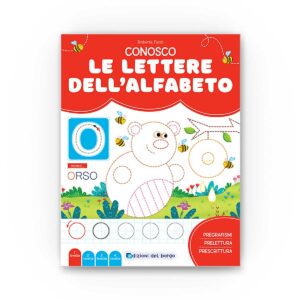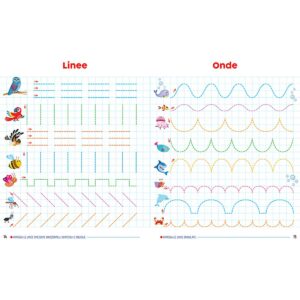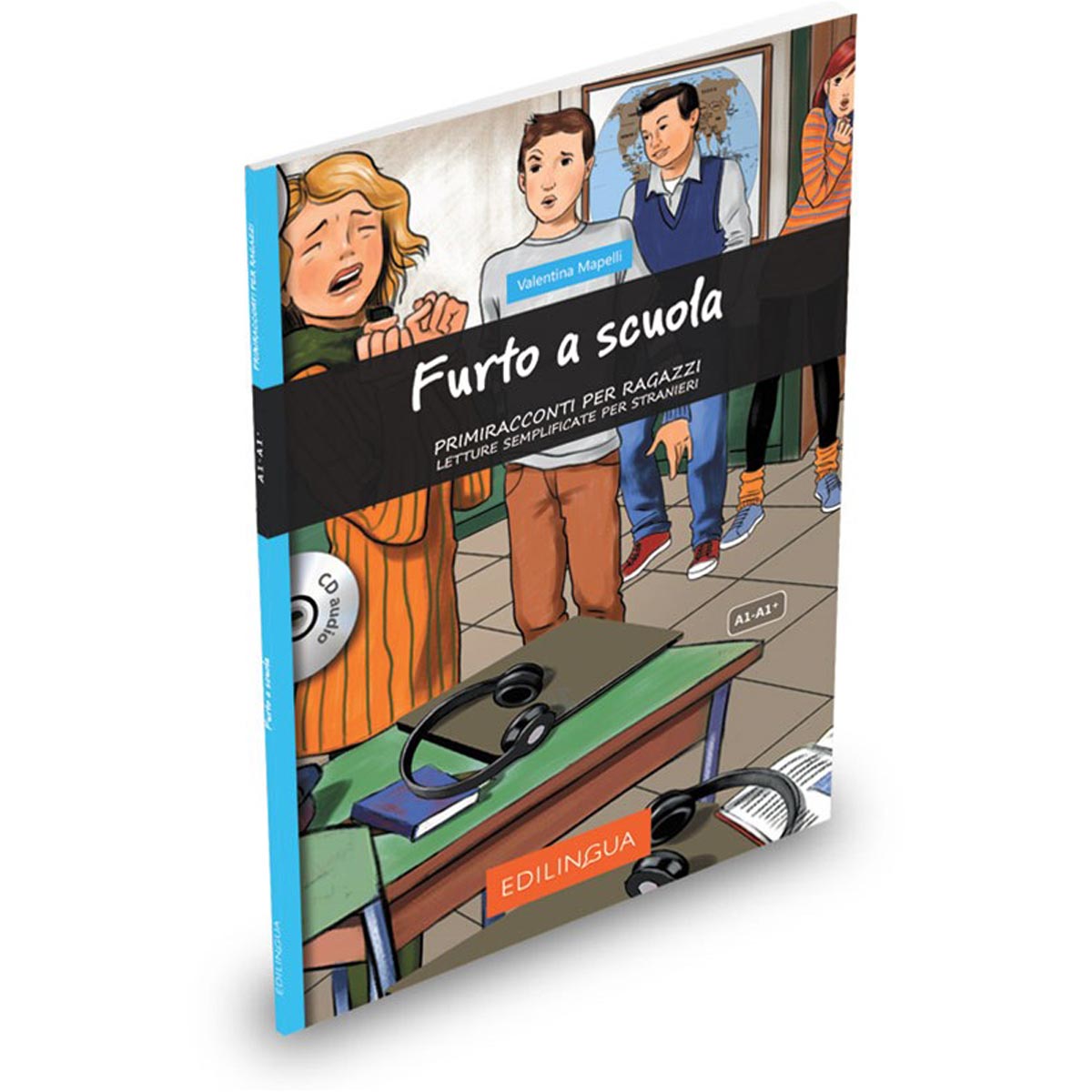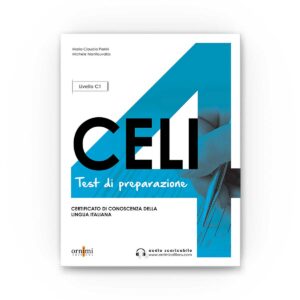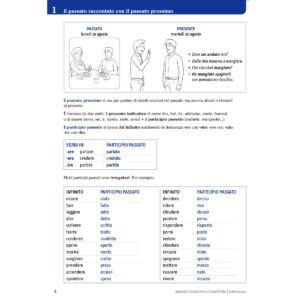Pronouns often cause problems when learning Italian. In this article we will learn the Italian direct pronouns, what the direct object is, and some common verbs that have the direct object. Learn all about Italian direct pronouns and do the exercise at the end of the article.
INTRODUCTION: WHAT IS THE DIRECT OBJECT
The direct object (it. oggetto diretto) is the object of the sentence that answers the question Chi? Che cosa? (Who? What?). For example, in the sentence Romeo mangia il pesce, il pesce is the direct object:
Romeo mangia il pesce.
Cosa mangia Romeo? – Il pesce.
The direct object is not preceded by a preposition; it follows directly after the verb. That is why it is called direct object.
| Romeo | mangia | il pesce |
| SOGGETTO | VERBO | OGGETTO DIRETTO – CHI? COSA? |
The direct object can be expressed by a noun (e.g. il pesce) or a pronoun, which is therefore called a direct object pronoun or simply a direct pronoun (e.g. lo). Pronouns are short words that usually replace a noun to avoid repetition. In the following example, il pesce is replaced by the direct object pronoun lo. The pronoun is placed before the verb.
| Romeo mangia il pesce. | Romeo eats fish. |
| Romeo lo mangia. | Romeo eats it. |
ITALIAN DIRECT PRONOUNS
Pronomi diretti
Let’s learn the Italian direct pronouns:
| SOGGETTO | PRONOMI DIRETTI | |
| io | mi | me |
| tu | ti | you |
| lui | lei | lo | la | him, it | her, you (formal) |
| noi | ci | us |
| voi | vi | you (all) |
| loro | li | le | them (m | f) |
As you can see, the direct pronouns are easy to remember: The endings of 3rd person singular and plural pronouns are the usual endings of nouns and adjectives:
- O (lo) for masculine singular
- A (la) for feminine singular
- I (li) for masculine plural
- E (le) for feminine plural
VERBS WITH DIRECT OBJECT
Many verbs in Italian are followed by the direct object, that is, that the what or the who directly follows the verb. Here is a small list of common verbs with a direct object:
| WITH A NOUN | WITH THE PRONOUN | ||
| AMARE | to love | Amo la pizza | La amo |
| MANGIARE | to eat | Mangio una mela | La mangio |
| BERE | to drink | Bevo un caffè | Lo bevo |
| VEDERE | to see | Vedo delle ragazze | Le vedo |
| GUARDARE | to watch, look at | Guardo la TV | La guardo |
| ASCOLTARE | to listen to | Ascolto la radio | La ascolto |
| LEGGERE | to read | Leggo il giornale | Lo leggo |
| CONOSCERE | to know | Conosco la tua ragazza | La conosco |
| ORDINARE | to order | Ordino la pizza | La ordino |
| COMPRARE | to buy | Compro dei libri | Li compro |
| CHIAMARE | to call | Chiamo mia mamma | La chiamo |
| RINGRAZIARE | to thank | Ringrazio i miei genitori | Li ringrazio |
| AIUTARE | to help | Aiuto mia nonna | La aiuto |
| SEGUIRE | to follow | Seguo il mio cane | Lo seguo |
| ASPETTARE | to wait | Aspetto mio fratello | Lo aspetto |
| ACCOMPAGNARE | to accompany | Accompagno mio figlio a scuola | Lo accompagno a scuola |
Esempi
Some examples to learn the Italian direct pronouns better.
| Romeo ama il pesce. Lo mangia tutti i giorni. | Romeo loves fish. He eats it every day. |
| Mi piace la pizza. La ordino ogni settimana. | I like pizza. I order it every week. |
| Conosci i miei genitori? No, non li conosco. | Do you know my parents? No, I don’t know them. |
| Amo le fragole. Le compro spesso in estate. | I love strawberries. I buy them often in the summer. |
| Mi aiuti per favore? – Va bene, ti aiuto. | Will you please help me? – All right, I’ll help you. |
| Ci vedi? Siamo davanti al ristorante. – Sì, vi vedo. | Can you see us? We’re in front of the restaurant. – Yes, I see you. |
| Signora Rossi, la chiamo più tardi. | Ms. Rossi, I’ll call you later. |
Esercizio
Write the Italian direct pronouns.
Impara di più!
GRAMMATICA: The INDIRECT pronouns
VOCABOLARIO: 150 useful words (A1)
STORIE: Read a story in Italian
